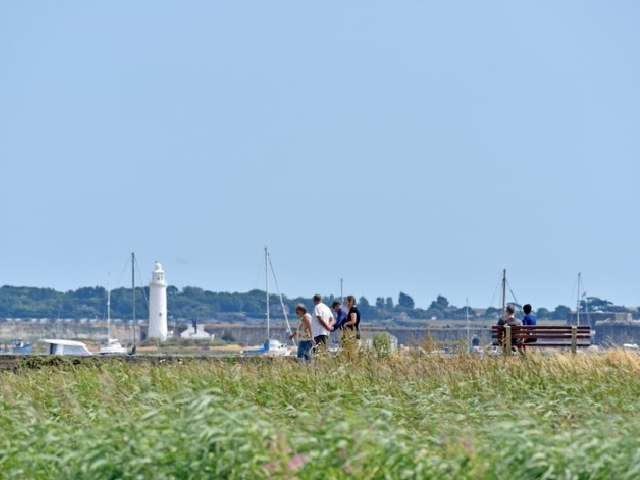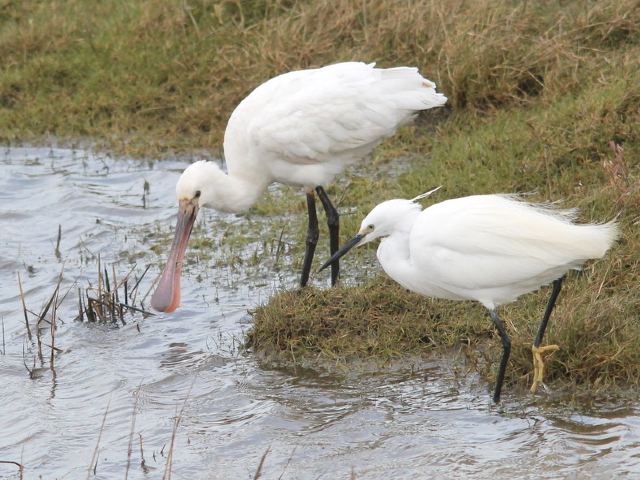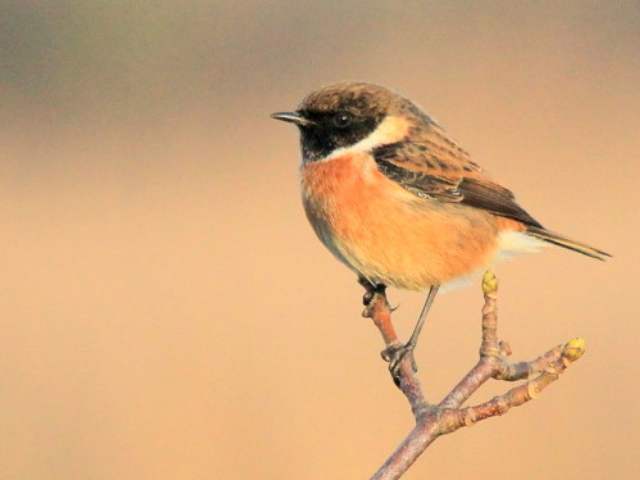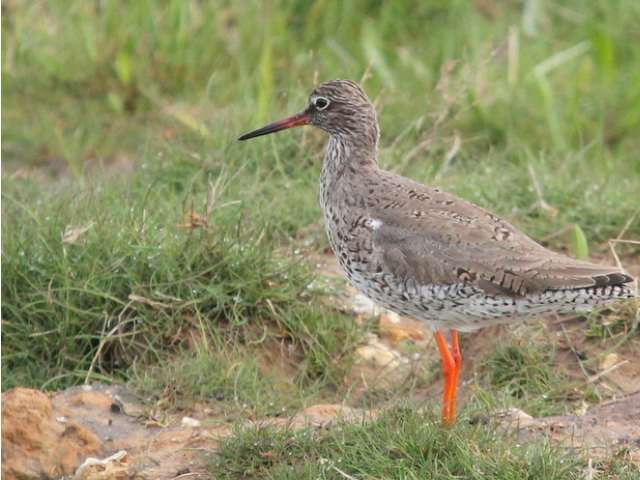About
You can access the Keyhaven end of the four-mile long coastal reserve from Milford on Sea village by heading east along Keyhaven Road and turning right into New Lane. At the ‘crabbing bridge’ at the bottom, turn left into Saltgrass Lane and continue east along the embankments and sea wall. You may prefer to stay on the Keyhaven Road all the way to the hamlet car park area opposite The Gun Inn.
Turn into the un-named track immediately opposite ‘Hawkers Cottage’ (Col Peter Hawker was a renowned wildfowler in the 1800s who spent many winters here in his white cottage and out on the marshes). This tarmac track takes you a few hundred metres towards where you can turn right through the wooden gate onto the coastal footpath and sea wall that takes you right the way through to Lymington. At a slow pace, and to take in the spectacular views, it will take you about two hours to reach Lymington, or you may wish to undertake a shorter walk which you can do by using the network of paths that will bring you back to your starting point at Keyhaven.
You can walk or cycle all the way from Keyhaven Harbour along the coastal footpath to Lymington, with spectacular views across the saltmarshes and mudflats, where there is a wealth of summer birds, including Little, Common and Sandwich Terns who all breed in the area, and during late autumn and throughout the winter, you are likely to see hundreds of Brent Geese, Dunlin, Black-tailed Godwit, Shelduck, three species of plover; Grey, Ringed and Golden on the salty mudflats, which is also rich in coastal and marine plants like Yellow-horned poppy, Sea Campion, Sea Aster and Golden Samphire, which is usually found along the high tide water marks on the seaward side of the sea walls. You might even see Long-tailed Duck, Eider and Red-breasted Mergansers out on the water as you overlook the area towards Hurst Castle and the Isle of Wight.
Looking inwards across the important and protected saline/brackish lagoons in summer, you are likely to see breeding Avocet (emblem of the RSPB). At other times, you might see one of the hunting birds of prey like the Marsh Harrier, Peregrine or Merlin.
Access to the sea wall from the Lymington end can be reached via Lower Pennington Lane or Normandy Lane, but there are few designated parking spaces at this end of the reserve.
The nature reserve is owned and managed by the Hampshire County Council. The outer parts of the reserve is owned and managed by the Hampshire Wildlife Trust. Be safe and enjoy your walk.
Know Before You Go
- Size: 738 hectares
- No entry fee: Donations welcome
- Parking information: Parking available at Keyhaven Village, Lower Pennington Lane, Lymington Quay and marinas
- Bicycle parking: None on the reserve, some on Hampshire County Council site nearby
- Grazing animals: Not on our reserve, but the seawall path from which you view the reserve has grazing cattle and could have ponies
- Walking trails: Please keep off the marshes to avoid disturbing the sea birds. The reserve is an intertidal mudflat and saltmarsh, so access is difficult and potentially dangerous. A network of footpaths on the Hampshire County Council reserve including along the seawall afford views across the marshes





